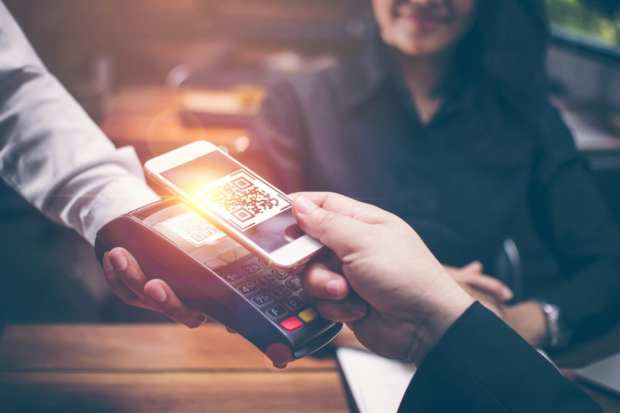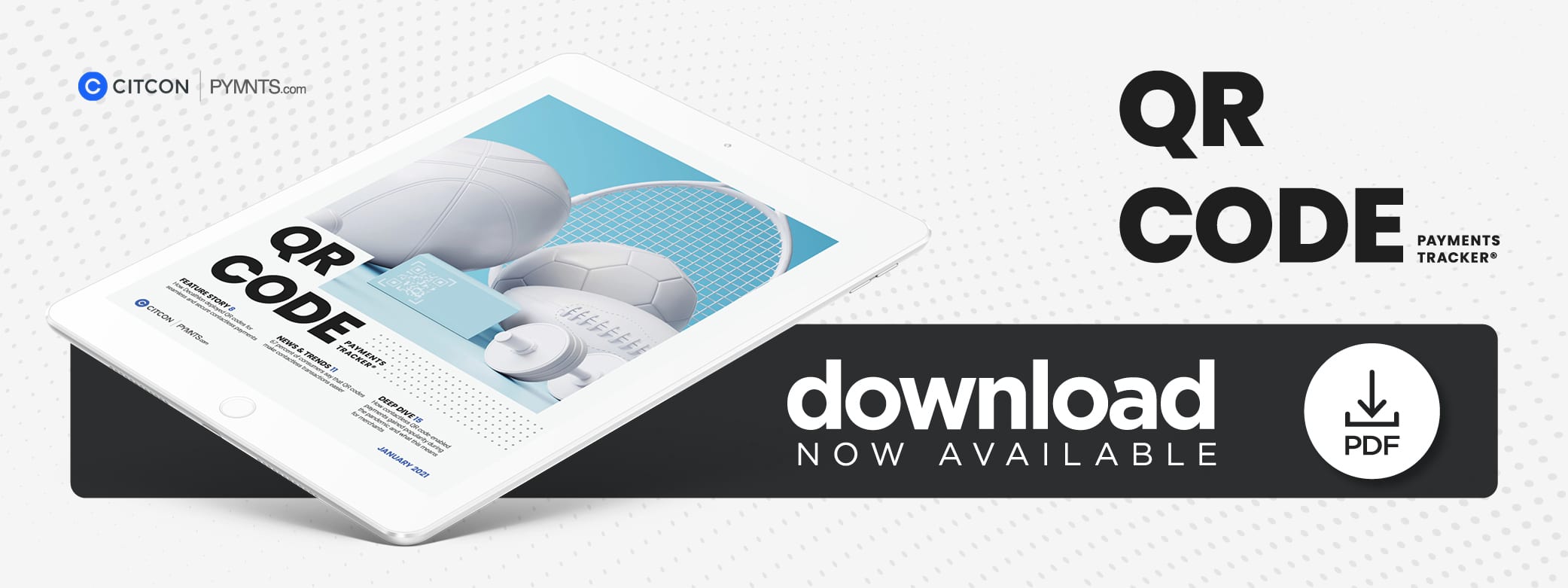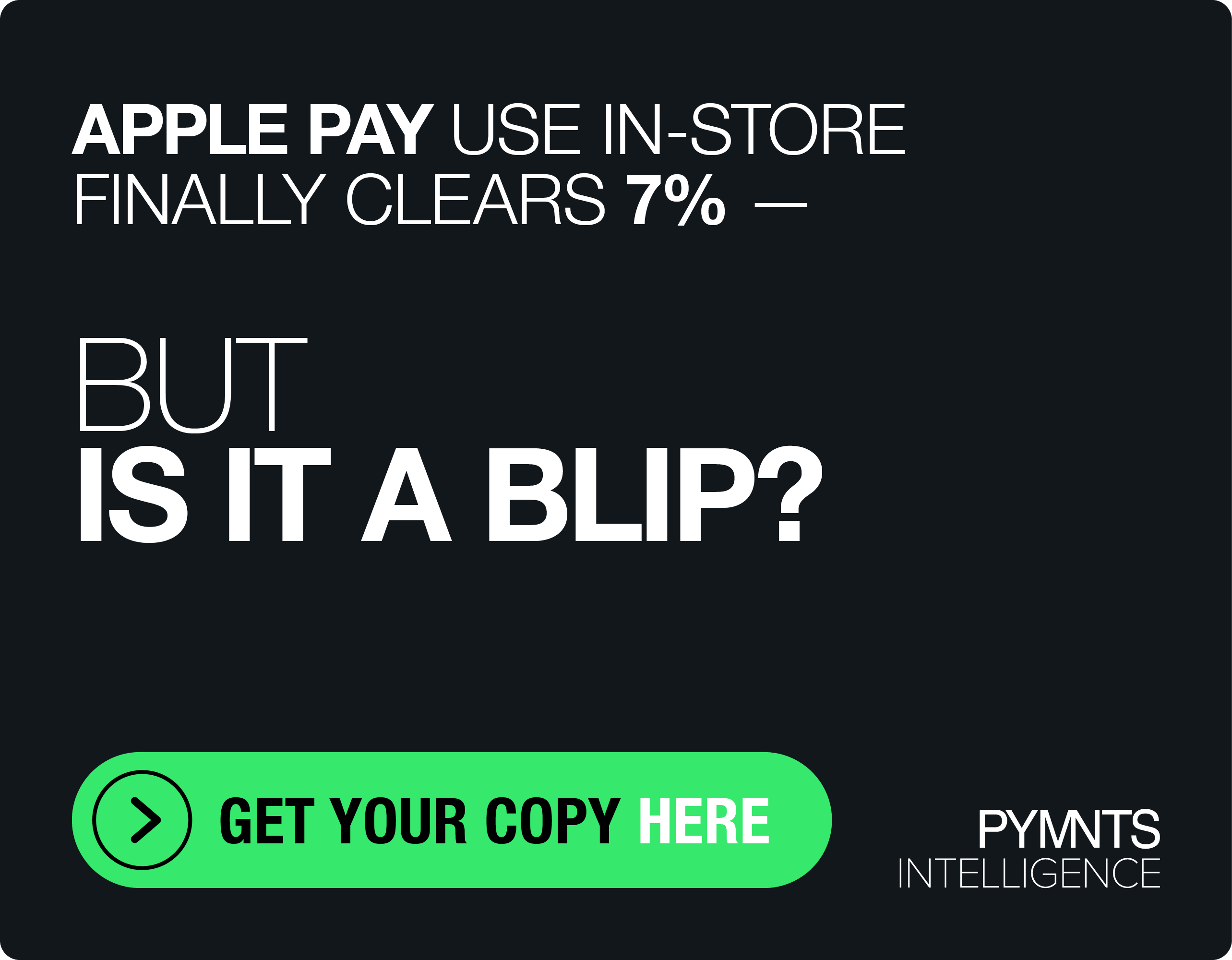How Decathlon Deployed QR Codes For Seamless And Secure Contactless Payments

Despite sky-high demand for contactless payment options, some U.S. consumers have shied away from adopting QR code-based payments due to unfamiliarity and security concerns. In the inaugural issue of the QR Code Tracker®, Tony Leon, CTO of sporting goods retailer Decathlon, explains how using dynamically generated codes and keeping the payment experience simple can bolster security and make payments convenient even for first-time users.
Contactless payments have surged in popularity over the past year, fueled by both an increased reliance on digital banking as well as the effort to contain COVID-19’s spread by preventing consumers and workers from having to touch point of sale (POS) system surfaces or handle cash. Mastercard revealed that 79 percent of its cardholders around the world now prefer contactless transactions, and there was a 40 percent increase in such transactions during Q1 2020. Eighty-two percent of Mastercard customers also said that contactless payments were more hygienic than the alternatives, which has understandably become much more of a concern than it had been in the past.
The U.S. lags behind the rest of the world when it comes to the adoption of contactless payments, but it has been catching up. A survey that was conducted near the beginning of the pandemic found that 27 percent of small businesses reported an increase in contactless payment usage — a share that has likely increased since then. Many businesses, including French sporting goods retailer Decathlon, which has 1,647 stores worldwide and two in the U.S., are deploying QR codes as a way of enabling these payments.
“QR codes are key because they are a bridge between our system and the customers’ phones,” Tony Leon, Decathlon’s chief technology and eCommerce officer, said in a recent interview with PYMNTS. “The technology is quite simple and there are no specific technical challenges with the code itself.”
That does not mean that QR code rollouts are completely frictionless, however. Decathlon faced its share of security and customer acceptance challenges when rolling out its QR code system as an alternative to cash payments.
Why And How Retailers Implement QR Code-Enabled Payments
Decathlon, like retailers the world over, saw customers eschewing cash in favor of contactless transactions due to the lowered risk of infection. This change was well in the works before the pandemic hit, according to Leon.
“Before the pandemic, we only had 15 percent of payments [made] by cash,” he explained. “People were not really pushing for contactless payments, but when the pandemic hit, people became much more aware of the risk. Now we’re close to zero payments by cash and we grew from 5 percent to 20 percent of payments made directly from customers’ phones.”
QR codes were instrumental in ensuring seamless contactless transactions, with customers scanning them and completing transactions with their stored payment cards, Apple Pay or Google Pay. These codes are not paper slips taped to the checkout counter, either: The POS system dynamically generates them for each transaction.
“It’s a unique, random link generated by our system and the customer can scan it with their [phone’s] camera, acting as a bridge between our system and the customer’s phone,” he said.
This rollout was not without obstacles, however, especially for customers unused to making payments through their phones. The key to gaining customer trust came down to simplicity and security, according to Leon.
Challenges In Deploying QR Codes
QR code-enabled contactless payments are nearly ubiquitous overseas, but they are still the exception rather than the norm in the U.S. despite the pandemic. Global vendors like Decathlon have applied the lessons they learned in their foreign locations to encourage use at their American stores, with the key being making such systems as intuitive and frictionless as possible, according to Leon.
“In the U.S., people are not used to scanning QR codes so much compared to other countries,” he said. “The trick is to [make it] simple enough that they can follow the steps on their phone and not have anything else to do. We made it so people can have access to it without any application — it’s just a webpage.”
Ensuring the security of these QR codes is also critical to widespread acceptance, said Leon. QR codes are often at risk of being covered up by fraudsters, who replace them with their own codes to redirect clicks or trick victims into paying them instead. Decathlon’s all-digital display system keeps this from occurring, though, because it dynamically generates new codes for each customer.
“We kept generation of the QR code internal,” Leon said. “It’s not publicly available, so nobody can access or modify them from the outside.”
Customers that do adopt these QR code-enabled payments plan use them long into the future. This demonstrates how radically the pandemic is changing consumers’ payment behaviors and shaping the U.S. retail environment for years to come.

